Biological Mechanisms of Animal Adaptation to Wetland Environments
Introduction
Wetlands are unique ecosystems that provide a habitat for a diverse range of animal species. The ability of these animals to survive and thrive in wetland environments is due to a variety of biological mechanisms that allow them to adapt to the specific conditions of these habitats. These mechanisms include physiological, morphological, and behavioral adaptations that enable these animals to cope with the challenges posed by wetland environments, such as water saturation, low oxygen levels, and fluctuating water levels.


Physiological Adaptations
Physiological adaptations are changes in an animal's internal body functions that increase its survival rate in its environment. In wetland environments, these adaptations often involve the respiratory and circulatory systems, which are crucial for survival in water-saturated conditions.
Respiratory Adaptations
Many animals that inhabit wetlands have developed specialized respiratory systems to cope with the low oxygen levels often found in these environments. For instance, some wetland birds, like the American coot, have a high concentration of red blood cells, which allows them to extract more oxygen from the air. Similarly, many wetland fish species have developed the ability to breathe air directly, a trait known as air-breathing. This adaptation allows these fish to survive in water with low oxygen levels, which is common in many wetland habitats.
Circulatory Adaptations
Circulatory adaptations in wetland animals often involve modifications to the heart and blood vessels. For example, some wetland reptiles, like the American alligator, have a four-chambered heart, similar to birds and mammals. This adaptation allows these reptiles to efficiently oxygenate their blood, even in low-oxygen conditions. Additionally, many wetland mammals, like the beaver, have a slow heart rate when diving, which conserves oxygen and allows them to stay underwater for extended periods.
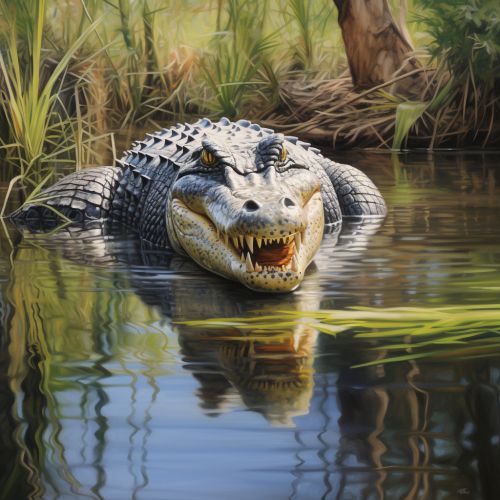
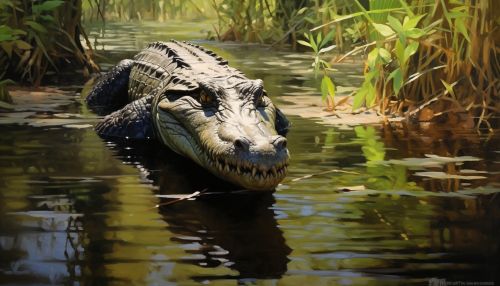
Morphological Adaptations
Morphological adaptations are physical changes in an animal's body structure that increase its survival rate in its environment. In wetland environments, these adaptations often involve modifications to the body shape, limbs, and sensory organs.
Body Shape Adaptations
Many wetland animals have body shapes that are adapted for life in water. For example, many wetland birds, like the great blue heron, have long, slender bodies that reduce water resistance when diving. Similarly, many wetland mammals, like the river otter, have streamlined bodies that allow them to swim efficiently in water.
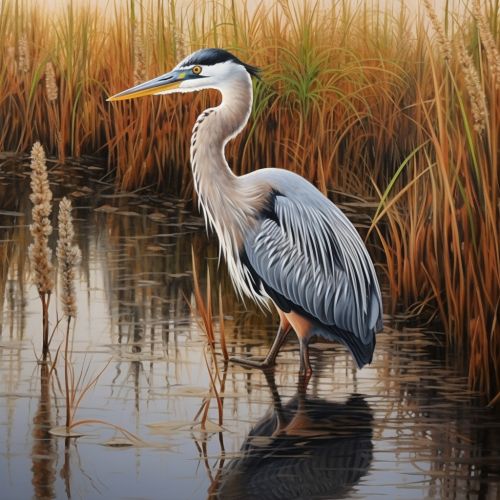
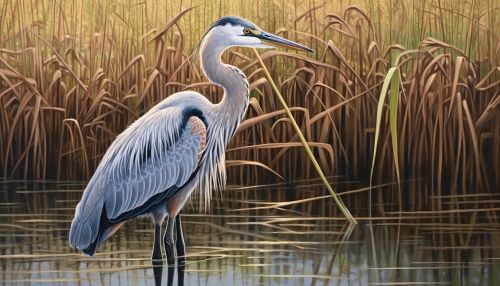
Limbs and Sensory Organ Adaptations
Wetland animals also have adaptations related to their limbs and sensory organs. For example, many wetland birds have long legs and webbed feet, which allow them to wade through water and swim efficiently. Similarly, many wetland mammals have strong, paddle-like tails that they use for propulsion in water. Additionally, many wetland animals have sensory organ adaptations, such as highly developed hearing or vision, that help them locate prey or avoid predators in their environment.


Behavioral Adaptations
Behavioral adaptations are changes in an animal's behavior that increase its survival rate in its environment. In wetland environments, these adaptations often involve changes in feeding, mating, and nesting behaviors.
Feeding Behavior Adaptations
Many wetland animals have specialized feeding behaviors that allow them to exploit the resources available in their environment. For example, many wetland birds, like the roseate spoonbill, use a technique called "tactile foraging," where they sweep their bills back and forth in the water to catch prey. Similarly, many wetland mammals, like the muskrat, have a diet that consists primarily of aquatic plants, which are abundant in many wetland habitats.

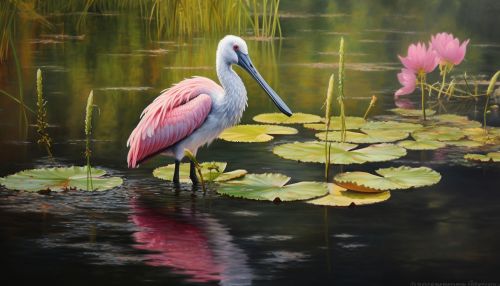
Mating and Nesting Behavior Adaptations
Wetland animals also have adaptations related to their mating and nesting behaviors. For example, many wetland birds, like the reddish egret, perform elaborate courtship displays to attract mates. Similarly, many wetland mammals, like the North American beaver, build elaborate lodges for nesting and protection from predators.
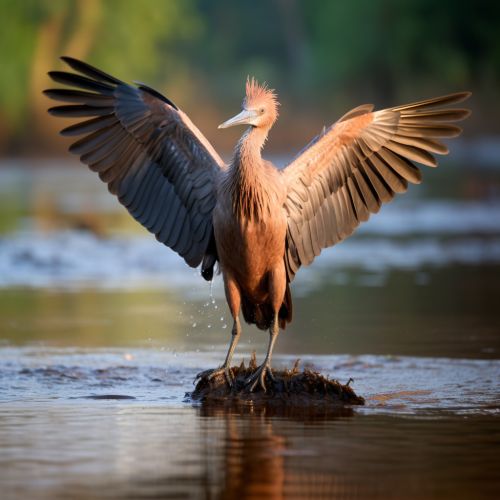
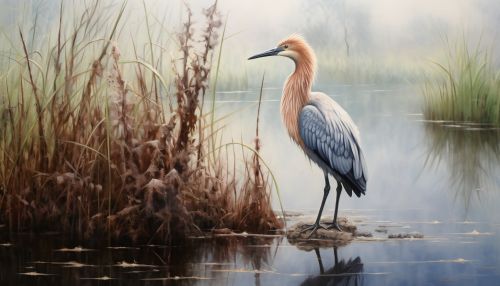
Conclusion
In conclusion, the biological mechanisms of animal adaptation to wetland environments involve a complex interplay of physiological, morphological, and behavioral adaptations. These adaptations enable these animals to survive and thrive in the unique conditions of wetland habitats, demonstrating the remarkable ability of life to adapt to a wide range of environmental conditions.
